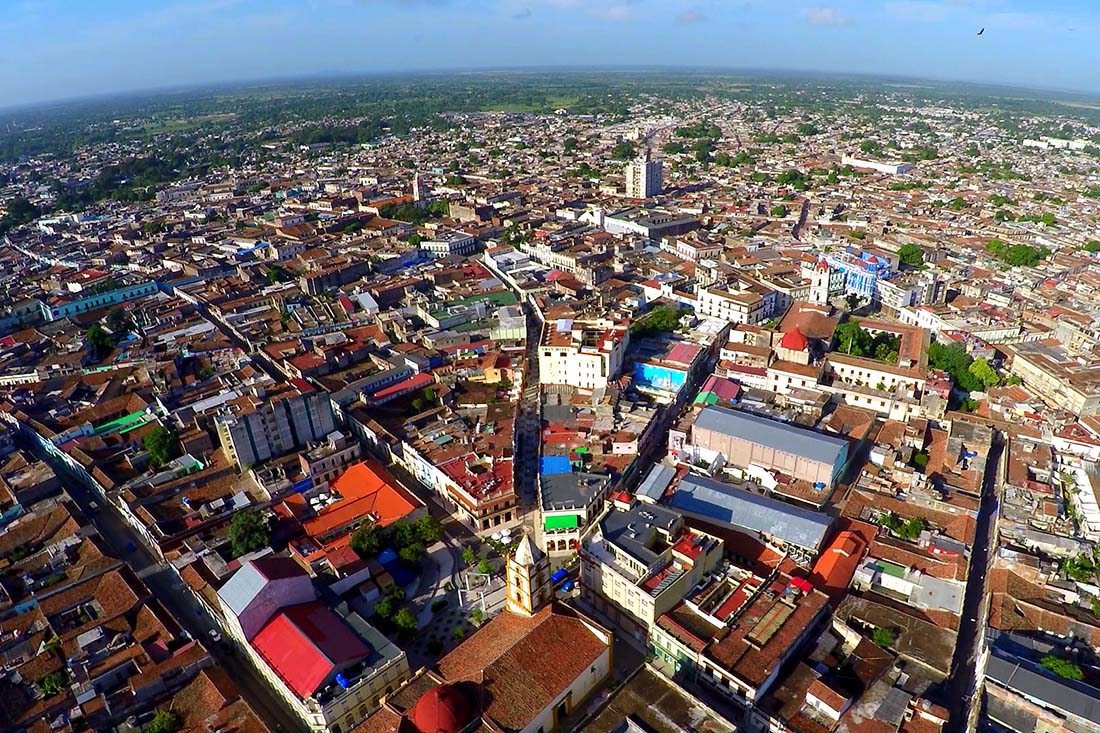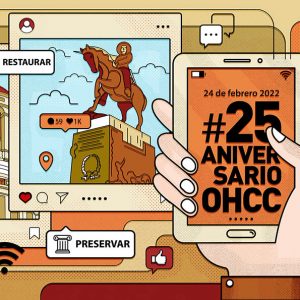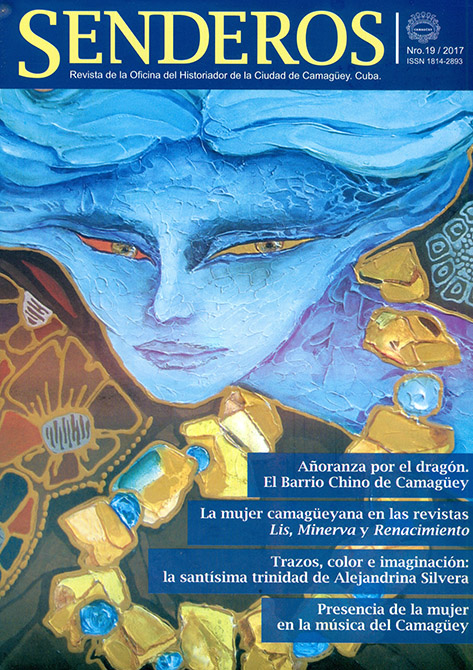By: Lilian Mendieta (OHCC Master Plan Specialist)
Given the current scenarios on a global and local scale, Cuba adopts a new Law on Natural Resources and the Environment (still Draft Law) that contemplates a broad conception of areas such as air quality, waste treatment, assessment of consumption and production; as well as an updated vision of climate change, management for renewable sources, biodiversity, water and other transcendental issues to achieve sustainable development.
It adds to all these goals the integration of scientific and technological achievements with the traditional local knowledge of the population, in order to promote the direct participation of communities in the conception, development and improvement of production systems, including environmental education.
Tempered by this new legislation and the New Urban Agenda 2030, the Environment variable of the Partial Plan and Management of the Cultural Heritage Zone of Humanity of our historic center is currently being updated; whose main objective is to promote sustainable, inclusive and resilient urban development.
How is the environmental dimension studied at the OHCC?
Taking into account the totalizing nature of the environment as a complex system of interrelationships between the subsystems: physical-natural, socio-economic and built, the analysis is assumed with a comprehensive and systemic approach, of feedback) in the evaluation of impacts between these three subsystems, already mentioned as integral parts of the Historic Urban Landscape. This being precisely the focus of the environmental study carried out at the OHCC; whose main variables and indicators are:
- Worth. The tangible recognized on an urban scale by the Heritage Protection Zones based on centrality, urban layout, milestones. At a building scale by the Degrees of Protection of the buildings based on the architectural typology and level of conservation. In addition to the intangible due to the customs, traditions and ways of life.
- Urban and architectural transformations. They influence the conditions of habitability (fundamentally in ventilation and natural lighting, spatiality, interior and urban green); closely related to the urban climate.
- Identity materials and finishes. The clay and other environmentally sustainable.
- Air quality. Noises, vibrations and pollutants generated by means of transportation and construction actions.
- Water quality. It includes supply, underground and surface, attending to the fluvial enclave of the city.
- Urban biodiversity. It includes the green system and the associated fauna.
- Risk and vulnerability. Natural (intense rains, floods, drought). Structural (referring to the type and state of the edification). Non-structural (type and condition of urban infrastructure networks). Fire (due to predominance of risk factors in the city service center). Sanitary (epidemiological situation).
- Urban control. With indicators related to food safety, waste management, among others.
What actions are implemented to improve environmental quality in the city?
Based on applied research and technological innovation, several projects have been executed, among the main ones are:
- Pedestrianization plan that contributes to improving air quality in spaces of heritage value; as well as the promotion of the externalization of services to diversify the offers to the population. On the other hand, through management, it has contributed to the displacement of high vehicular flows towards peripheral rings.
- Comprehensive urban rehabilitation of República, Maceo, Ignacio Agramonte and Independencia streets (the latter on plan).
- “The City Looks at its Rivers” with significant benefits in its three intervention areas.
- Public Welfare Campaign “City I live, city I am”; from the implementation of maintenance, sanitation, training, communication and citizen education actions.
- Rehabilitation of the Camagüey Necropolis including the construction of an interpretation center.
- Railway Museum, a dynamic and integrating project of the environment.
- Creative and Cultural Industries Project to contribute to the revitalization of Camagüey’s cultural life as a promoter of local socio-economic development, with the enhancement of its cultural heritage.
There is still much to be done, but surely, to the extent that the city exhibits better environmental quality, the quality of life and enjoyment of the city will be increased. Hence a call to reflection in response to the social responsibility that each and every one of us who inhabit it has.
Translated by: Aileen Álvarez García






